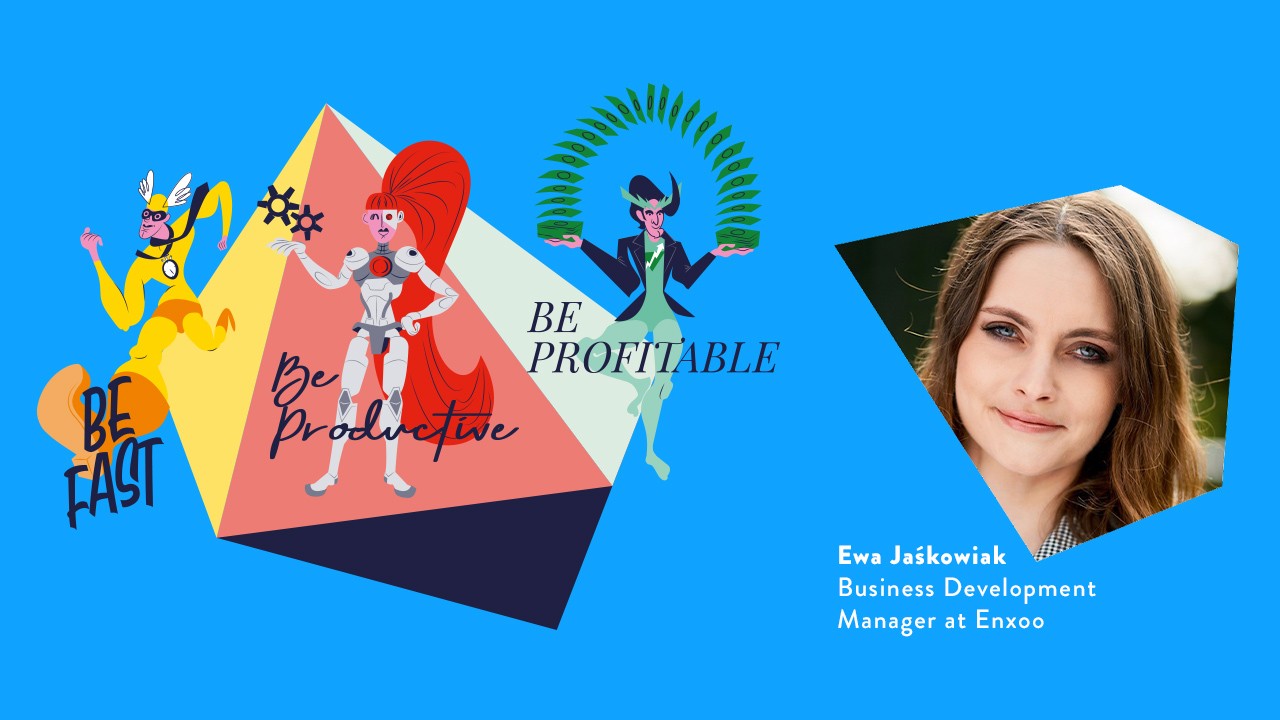
The transformers - The three B’s of success in a digital transformation cycle
Digital transformation ranks as one of the most overused and abused buzzwords, casually thrown around in guides, panels and conferences. By now, having read all the possible “how to” guides, we should probably know everything there is about “digitally transforming”. But is that really the case? Working with major telcos around the globe I can tell you that we are not quite as ‘digital’ as one might have hoped and there are still many challenges ahead of us. Processes are still overwhelmingly manual, fragmented legacy systems make the simplest of tasks last ages and disparate data makes it impossible to make rational decisions.
Perhaps that is why everyone is so tired of the phrase “digital transformation”- because not many can do it right.
While some are still not as digital as you would expect a modern company in the age of Millennials, Z’s and Alphas, others try to make “digital transformation” a company-wide initiative. According to the biggest consultancies, companies attempting large-scale digital change have experienced a 70% failure rate. A recent Gartner report stated that employees are digitally overwhelmed by the effects of various initiatives. As much as 68% mentioned they spend most of their day logging in between various applications, with about 20% of their day spent on looking for information and switching context as much as 400x times a day.
So how do you keep on transforming to meet the changing demands of your customers while keeping your employees sane? Meaningful transformation initiatives should serve as a catalyst for reducing complexity, driving automation and delivering business value to all stakeholders: employees, partners and customers alike. We must all understand that transformation is a cycle and not a series of initiatives and digital is merely a sign of our times.
Organizations must transform how they operate on a regular basis to meet the changing demands of new demographic groups, as customer centricity is one of the key reasons why they need to challenge the status quo in the first place. Employees on the other hand, who operate the ‘digital’ within the organization, must be able to use technologies productively and actually have work taken off their hands, instead of adding to the pile.
This is where I introduce you to the three B’s of a transformation cycle, which will save you from inefficiencies as much as DC’s Justice League is saving mankind from villains: Be fast, be productive and be profitable. These three should always be on your mind as the holy trinity of your success, whenever you embark on any new transformative initiative within the cycle.
Be fast.
Be fast or rather agile in your ways - in order to stay ahead of the game you need to run fast. New generations are in constant need of impressive speed. Think of everything that is in your way of becoming the fastest in your track. Whether it is something that is holding you back from coming up with new products or offerings in days, serving customers on demand (and yes, employees are also your customers!) or testing your assumptions quickly to move forward with the best option. Think of how you can deliver on speed when you are slowed down by roadblocks such as legacy fragmented systems and processes. To be fast, you need to eliminate such inefficiencies with the end goal in sight. And the end goal is being fast and agile. Just keep in mind that you wouldn’t buy the most expensive shoes and hope they will suffice in your hopes to outrun the competition, so simply implementing the newest of technologies will not be enough.
Be productive.
I cannot stress this enough : in order to be productive you must eliminate waste and simplify. Take a look at processes and ask yourself how much can you automate and whether you actually need 4 different systems stitched together, how much time and energy can your team save on administrative tasks and what is the optimal way to deliver desired results. Eliminate waste of unnecessary tasks, automate everything that is repetitive and is only a burden to your team’s creativity and analyze. Dealing with large Telcos, I often see bloated product catalogs with as many as a million products. This is the result of many mergers and acquisitions which create massive unnecessary cost and complexity - in turn lowering the end value delivered to customers. To be fast and deliver value you need to be productive.
Be profitable.
If you’re still reading this, by now you’re probably thinking that the above is a no brainer. In order to survive, organizations need to be profitable by definition. Why is it then that the famous quote of John Wanamaker, uttered a 100 years ago: “Half the money I spend on advertising is wasted; the trouble is I don't know which half.” is still valid today? And marketing spend is only a small fraction of the waste we see in organizations all across the globe. Being profitable comes down to every transaction and every customer interaction your company has as collectively they rid you of millions of dollars. Being profitable comes down to being as fast and as productive as possible so you never lose any opportunity to make money.
Wherever in your transformation cycle you are now, whether you call it ‘digital’ or you don’t have a label for it - remember about the three B’s. Take it down to every team member, every process and each technology you choose to implement. Treat the latter only as means to an end - to become the best at what you do. Keep in mind that transforming is a constant and for a business to thrive it is vital to build a culture of continuous improvement and elimination of waste, where ‘digital’ becomes a part of company DNA, always evolving as market conditions change and new technologies emerge.